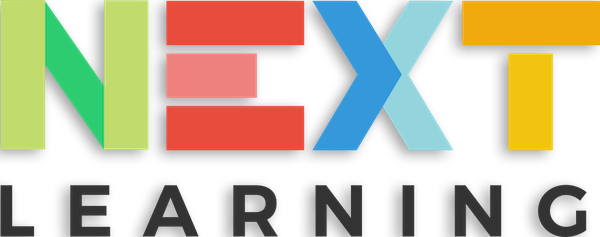The ultimate focus of education is the future. Students are often told that they are the citizens and decision-makers of tomorrow, and that their skills and insights will determine the future of our planet.
One girl in Sweden couldn’t wait for tomorrow. Let’s call her Greta for the sake of, well, accuracy.
Last year, Greta graduated with 14 As after a year of dedicated absenteeism. She also got three Bs – in home economics, sport and Swedish – but leniency is due because she was also managing a role of global influence and a Nobel Prize nomination.
Greta could be reasonably satisfied with her efforts. So too could her teachers, her school, and the Swedish education system. But, as a Bloomberg opinion columnist observed last year, her attendance record and grades raise questions for educators in the digital age.1
How valuable is class time? Given that it’s compulsory for a range of reasons, not all of them connected with academic education, how can we significantly increase that value? And how can educators effectively extend teaching beyond the classroom?
The answer to the first question is simple: class time is only as valuable as our schools and individual teachers make it. Increasing its value is the objective of all committed educators, but it also requires systemic change and innovation.
The use of ICTs in classrooms has increased steadily. Whether devices and apps are being used to their full potential is another matter entirely. And while there has been a lot of talk about new pedagogies leveraging digital learning, many frontiers remain unexplored.
In commerce, we have seen an increasing emphasis on planning for agility. Highly agile businesses adapt most successfully to rapidly evolving operating environments – changing stakeholder demands, the emergence of new competitors, changes in regulation, new technology, shifts in market conditions and so on.2
According to Next Learning founders Paul Reid and Shane McGurk, educational institutions must equally prioritise agility.
They point out that schools with a history of investing intelligently in the future through staff development, ICT-enhanced content delivery, assessment tools and communications strategies are significantly advantaged in the unsettled environment we’re experiencing today.
‘It has never been good enough to get tablets into a classroom and then treat them as if they are books,’ McGurk says. ‘And smartboards are more than digital screens for the playing of YouTube.’
‘The most effective teachers today are those who truly grasp the possibilities of ICTs, going beyond consumption to creation, collaboration and self-directed exploration.’
Agility in education means increasing co-design. It means upskilling teachers. It means a culture of innovation and sharing. The utilisation of ICTs to facilitate meaningful learning and extend students – both within the classroom and 24/7 – is essential.
Schools will remain cornerstones of education in the 21stcentury, but class time may only be a part of what they offer.
That ‘University of Life’ our grandparents talked about has evolved a very great deal, but it is still out there – just ask Greta. Without doubt, the best of schools will equip their students to enter that university and pass with flying colours.
1. ‘Greta Thunberg’s other lesson is about school’, Bloomberg Opinion, 18 June 2019; https://www.bloomberg.com/opinion/articles/2019-06-18/greta-thunberg-s-other-lesson-is-about-compulsory-school (accessed 22 March 2020).
2. E. Leybourn, Directing the Agile Organisation: A Lean Approach to Business Management, IT Governance Publishing, 2013. See also Agile Business Consortium, ‘What is Agile?’; https://www.agilebusiness.org/page/whatisagile. (accessed 22 March 2020).









